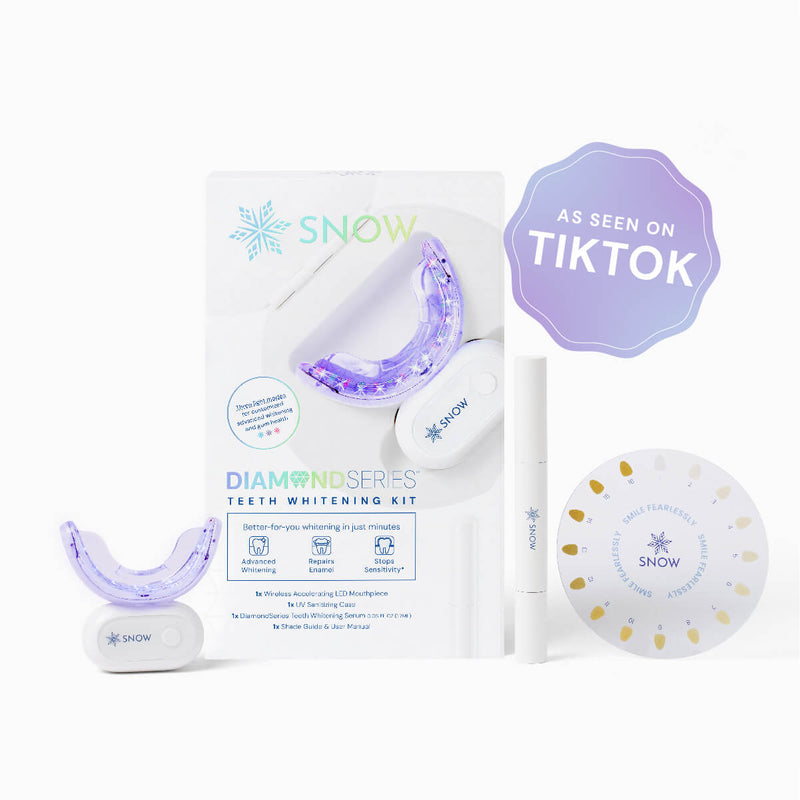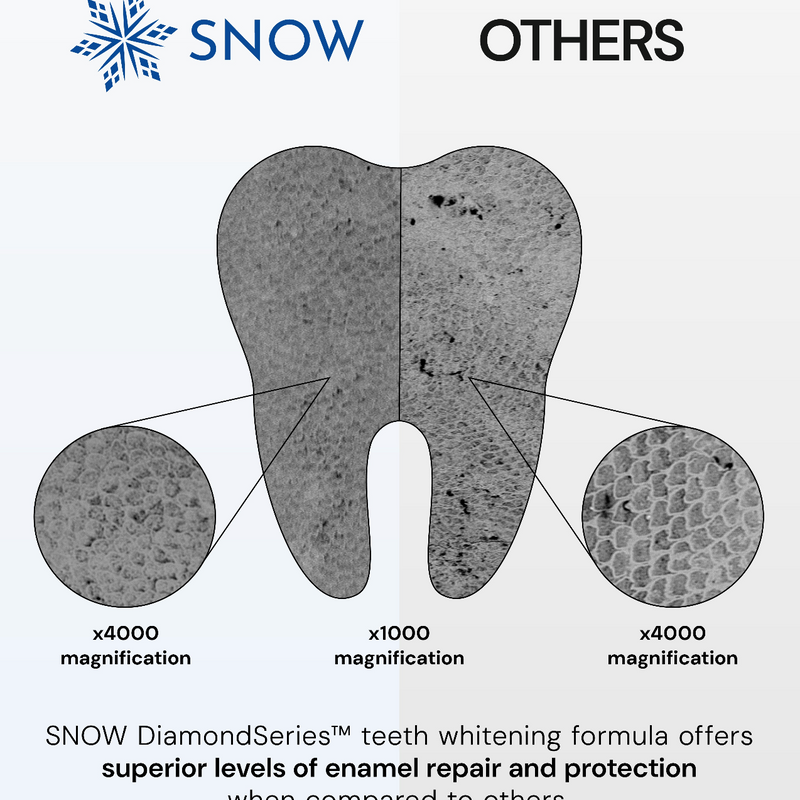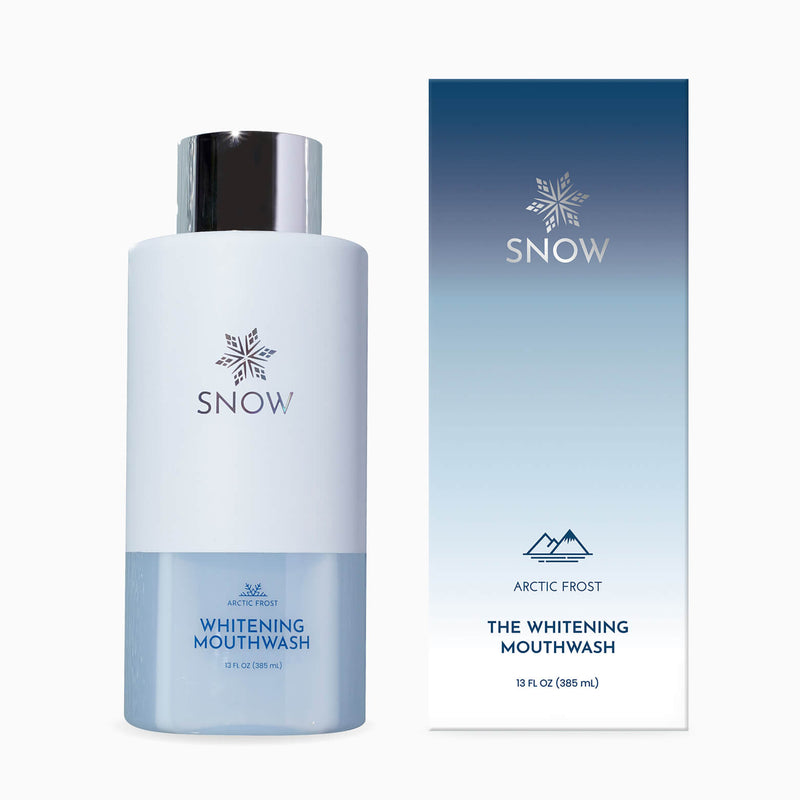Does a water flosser replace flossing? Based on our observations, while water flossers are an excellent tool, they don't entirely eliminate the need for traditional flossing.
In this article, we will explore whether water flossers are more effective than standard dental floss, why flossing is important, and how water flossers compare to string floss.
We'll also delve into what a water flosser is, the benefits it offers, how to use one, and whether it can fully replace standard flossing. Lastly, we'll cover when to use a water flosser in your routine and look at some alternatives.
Let's dive into the details!
What this article covers:- Is a Water Flosser More Effective Than Standard Dental Floss?
- Why Flossing Is Important
- Water Flosser vs String Floss
- What Is a Water Flosser?
- What Are the Benefits of a Water Flosser?
- How to Use a Water Flosser
- Does a Water Flosser Replace Standard Flossing?
- Should I Water Floss Before or After Brushing?
- Water Floss Alternatives
Is a Water Flosser More Effective Than Standard Dental Floss?
When it comes to comparing water flossers with traditional dental floss, both have their unique advantages.
Water flossers, which use a directed stream of water to clean between teeth and along the gumline, are effective for reaching areas that might be challenging with traditional floss.
This makes them especially beneficial for individuals with dental work like braces or implants.
SNOW's Water Flosser offers effective oral care with its compact design and three pressure settings: pulse, normal, and soft. It features an 8 oz water tank and an antibacterial-treated nozzle, delivering up to 70 uses per charge with its USB-C charging capability.
On the other hand, traditional dental floss remains a highly effective method for removing plaque from tight spaces between teeth. It's widely recognized for its ability to maintain gum health and prevent conditions like gingivitis.
Why Flossing Is Important
Flossing is important because it removes food particles that brushing alone cannot reach. Does water flosser remove plaque? It does! As debris gets trapped between teeth, it produces plaque buildup and, eventually, gum disease if not removed. This is where the handy water flosser comes in.
Maintaining good oral hygiene through regular flossing has broader health implications. Studies have linked gum disease to a variety of systemic health issues, including heart disease.
Water Flosser vs String Floss
When comparing water flossers and string floss, it's important to understand that both methods have distinct advantages.
String floss allows for precise control for scraping off plaque and reducing the risk of gum disease. SNOW's Activated Charcoal Floss combines bamboo fibers with activated charcoal to get rid of plaque and surface stains, with the added benefit of teeth whitening.
On the other hand, water flossers are beneficial for people with braces, dental implants, or sensitive gums. The water pressure is gentle yet effective at dislodging food particles and reducing gum inflammation.
What Is a Water Flosser?
A water flosser is a dental device that uses water to clean between teeth and below the gumline.
Do water flossers work? Yes! This tool works by directing a jet of water into the mouth, which helps to remove food particles, plaque, and bacteria that brushing alone might miss.
What Are the Benefits of a Water Flosser?
Water flossers offer several key benefits. One of the primary advantages is their ability to clean around dental appliances.
Another notable benefit of water flossers is their gentleness on the gums. Unlike traditional floss, which can sometimes cause irritation or bleeding, water flossers are less likely to cause discomfort.
How to Use a Water Flosser
Using a water flosser is straightforward. To begin, fill the flosser's reservoir with lukewarm water and attach the desired tip.
Start with the flosser set to its lowest pressure setting to avoid any discomfort. Lean over the sink to avoid splashing, place the tip in your mouth, and close your lips slightly around it to minimize water spray.

When ready, turn on the flosser and direct the stream of water along the gumline, moving slowly from one tooth to the next. Be sure to clean both the front and back of each tooth.
Once you've finished, turn off the flosser and empty the reservoir. Rinse the tip under warm water and allow it to air dry.
Does A Water Flosser Replace Standard Flossing?
Our research indicates that, while water flossers are an excellent addition to your oral hygiene routine, they do not entirely replace the need for traditional flossing.
That said, traditional flossing remains vital because it physically scrapes off plaque from the surfaces between teeth, which is something that the water might not fully accomplish alone.
Should I Water Floss Before or After Brushing?
The timing of when to use a water flosser in your oral hygiene routine—before or after brushing—can depend on personal preference and comfort.
Some experts suggest using the water flosser before brushing to remove food particles and loosen plaque, making it easier for the toothbrush to do its job. Others recommend using it after brushing to ensure that any remaining debris is cleared away.
Ultimately, the key is consistency.
Water Floss Alternatives
When it comes to keeping your teeth clean, water flossers aren't the only option available. We'll explore other alternatives, like floss picks and traditional floss, and discuss how they compare.
Floss Picks
Floss picks consist of a small piece of floss attached to a plastic handle, allowing for easy maneuverability in hard-to-reach areas.

Our findings show that floss picks are also beneficial for those with limited dexterity, as they eliminate the need to wrap floss around the fingers, making the process more straightforward and less time-consuming.
SNOW's Charcoal Whitening Floss Picks offer a dual-action solution for effective oral care. The strong yet thin floss thread is perfect for tight spaces, and the BPA-free recycled plastic design ensures eco-friendly daily use. Each pack contains 90 convenient, travel-friendly picks.
Traditional Floss
Traditional dental floss remains a cornerstone of oral hygiene. Using a strand of floss, typically around 18 inches long, you can gently work the floss between your teeth, curving it around each tooth to remove plaque and food particles that brushing alone cannot reach.
Regular use of traditional floss can help reduce the risk of gingivitis and other gum-related issues, making it an essential part of a daily routine.
Conclusion
A water flosser is an excellent tool, but it doesn't completely replace traditional flossing. For a comprehensive clean, combine both water flossing and traditional flossing.
Throughout this article, we explored various aspects of water flossing, including its effectiveness compared to string floss, its role in maintaining gum health, and the proper way to incorporate it into your routine.
We also discussed whether a water flosser can entirely replace standard flossing and when it's best to use one in your daily oral care.
For the best oral hygiene results, visit SNOW. Our range of floss and flossers can help you achieve a cleaner smile.
If you want to learn more, why not check out these articles below:
- Does Water Flossing Hurt
- Does Water Flosser Make Teeth White
- Does Water Flossing Help with Bad Breath
- How Long Does a Tube of Toothpaste Last
- Does Toothpaste Kill Bacteria
- How Long Does It Take for Whitening Toothpaste to Work?
- How Does Sensitive Toothpaste Work?
- How Does Whitening Toothpaste Work?
- Does Fluoride Toothpaste Whiten Teeth
- Can You Use Whitening Toothpaste with Braces?
- Can I Use Fluoride Toothpaste After Whitening Strips?
- Can I Mix Baking Soda with My Toothpaste
- How Much Toothpaste Should You Use?
- Fluoride vs Fluoride Free Toothpaste
- Types of Toothpaste

























